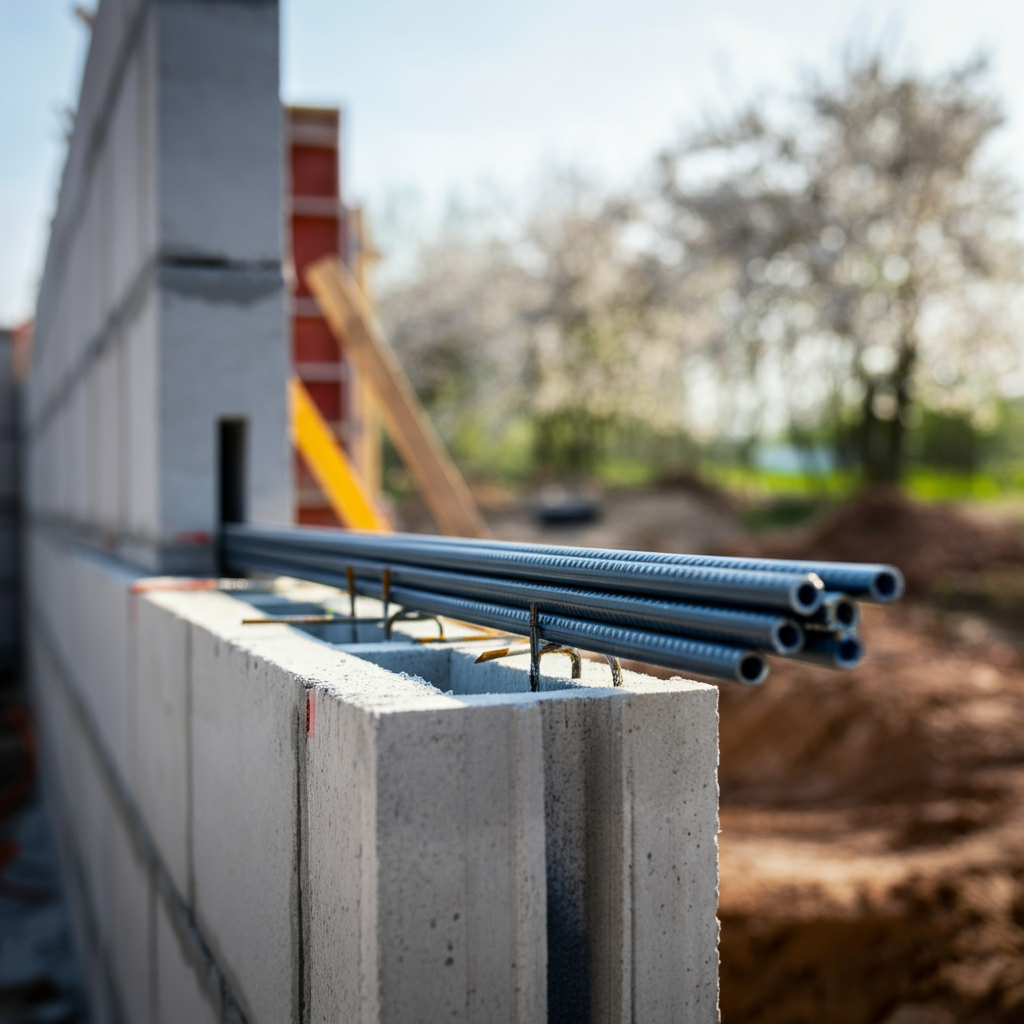
When constructing or renovating a home, one aspect that often gets overlooked—but is incredibly important—is the type of tubing hidden within your walls. While unseen, these tubes serve vital functions, from running water and electricity to maintaining the structural integrity of your home. But what type of tubing is used in walls, and why are some applications built with thicker, heavy wall tubing while others use thinner tubing?
The tubing in your walls acts as a backbone for vital systems such as plumbing, electrical conduits, and HVAC lining. Choosing the right type of tubing ensures these systems remain safe, efficient, and durable over time. Selecting the wrong tubing can lead to costly maintenance, repairs, or worse—potential safety hazards.
Key factors to consider when choosing tubing include:
Understanding the various options for wall tubing sets the stage for making more informed decisions.
One question often arises when browsing materials for wall tubing—why use thicker or heavy wall tubing in certain scenarios? The answer lies in the unique requirements of each application:
Pressure Management
Thicker wall tubing is better equipped to handle systems with higher pressure, such as gas lines or industrial water supply.
Environmental Conditions
Applications exposed to harsh environmental factors, such as moisture or extremely high temperatures, require robust wall tubing for insulation and protection.
Longevity and Safety
For projects requiring decades of reliability, like HVAC or structural systems, heavy wall tubing compensates for wear and tear that thinner materials might struggle to endure.
Structural Stability
Heavy wall tubing can also double as part of the structural support, especially in cases where tubes function under load-bearing walls.
Polyvinyl chloride (PVC) tubing is one of the most common materials found in wall construction. Widely used for plumbing and electrical conduit applications, PVC is highly durable, cost-effective, and resistant to corrosion. For homeowners and construction professionals, it’s a go-to option for non-pressurized water lines and protecting fragile electrical wires.
However, PVC tubing is not ideal for high-temperature applications since it tends to soften under heat.
For homes requiring durability and high resistance to bacteria and corrosion, copper tubing has long been the material of choice. Though more expensive than PVC, its reliability justifies the additional upfront cost. Copper tubing is frequently used in older construction projects but remains relevant for high-end or specialized builds requiring heavy-duty materials.
Galvanized steel tubing is a heavy-duty option often found in older homes or in applications requiring extreme durability, like structural support or water transportation under high pressure. Although galvanized steel is heavy and harder to work with compared to PVC, its sturdiness makes it an excellent choice for demanding situations.
Heavy wall tubing is a specialized type of tubing used in applications requiring greater strength and resistance to extreme stresses. These tubes are typically made from materials like aluminum, stainless steel, or copper alloys and are designed to withstand high pressure, impact, or environmental challenges.
For homeowners or businesses constructing facilities with higher operational demands, heavy wall tubing ensures peace of mind for years to come.
Having the right materials can make all the difference in construction projects. That is why Detroit Nipple Work has an extensive of pipes and tubes for any application. Whether you are local in Detroit or live as far Toledo, our company is the best place to get wall tubing for your projects.
Posted In: Tubing
Tags: heavy wall tubing, types of wall tubing